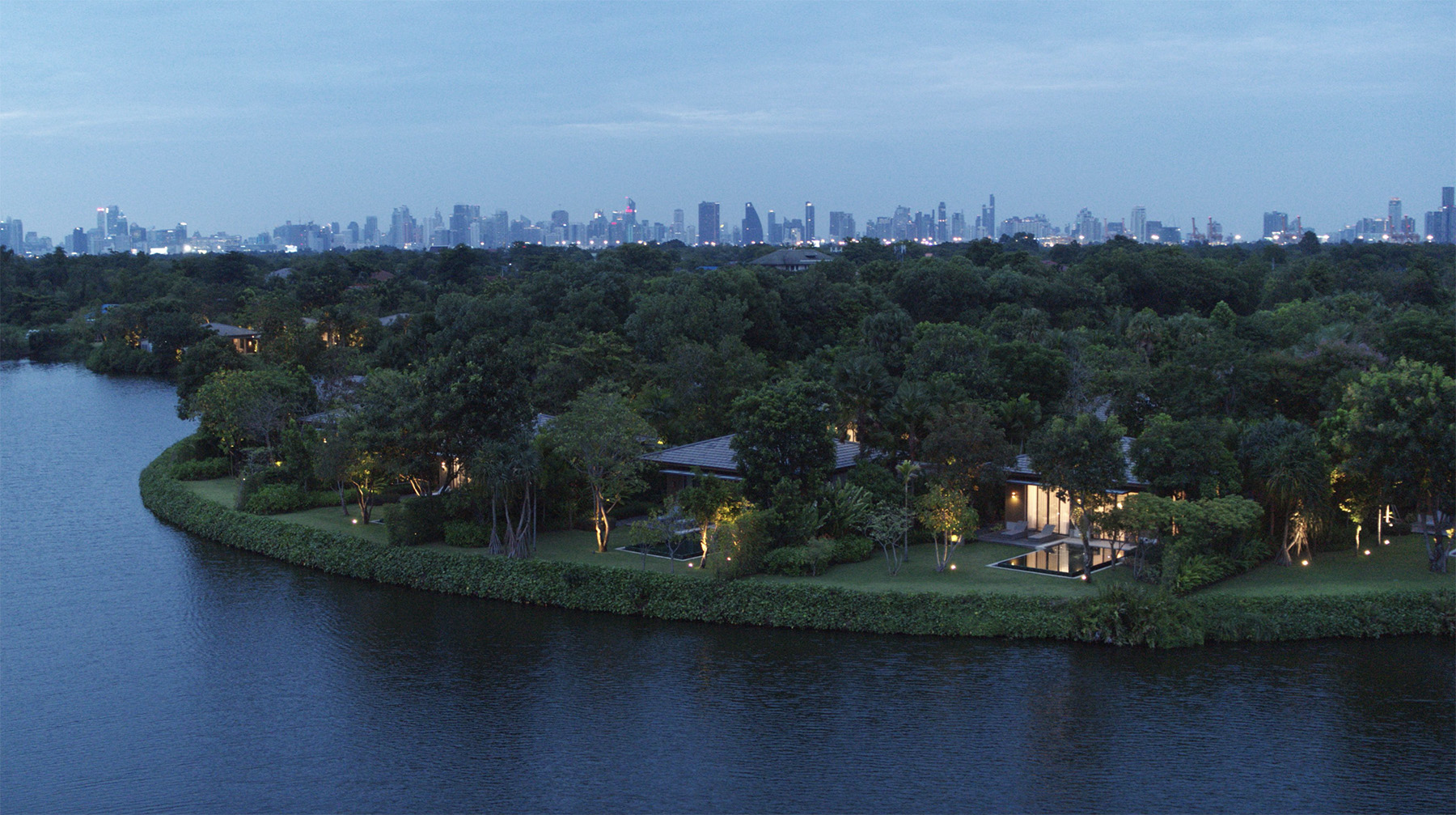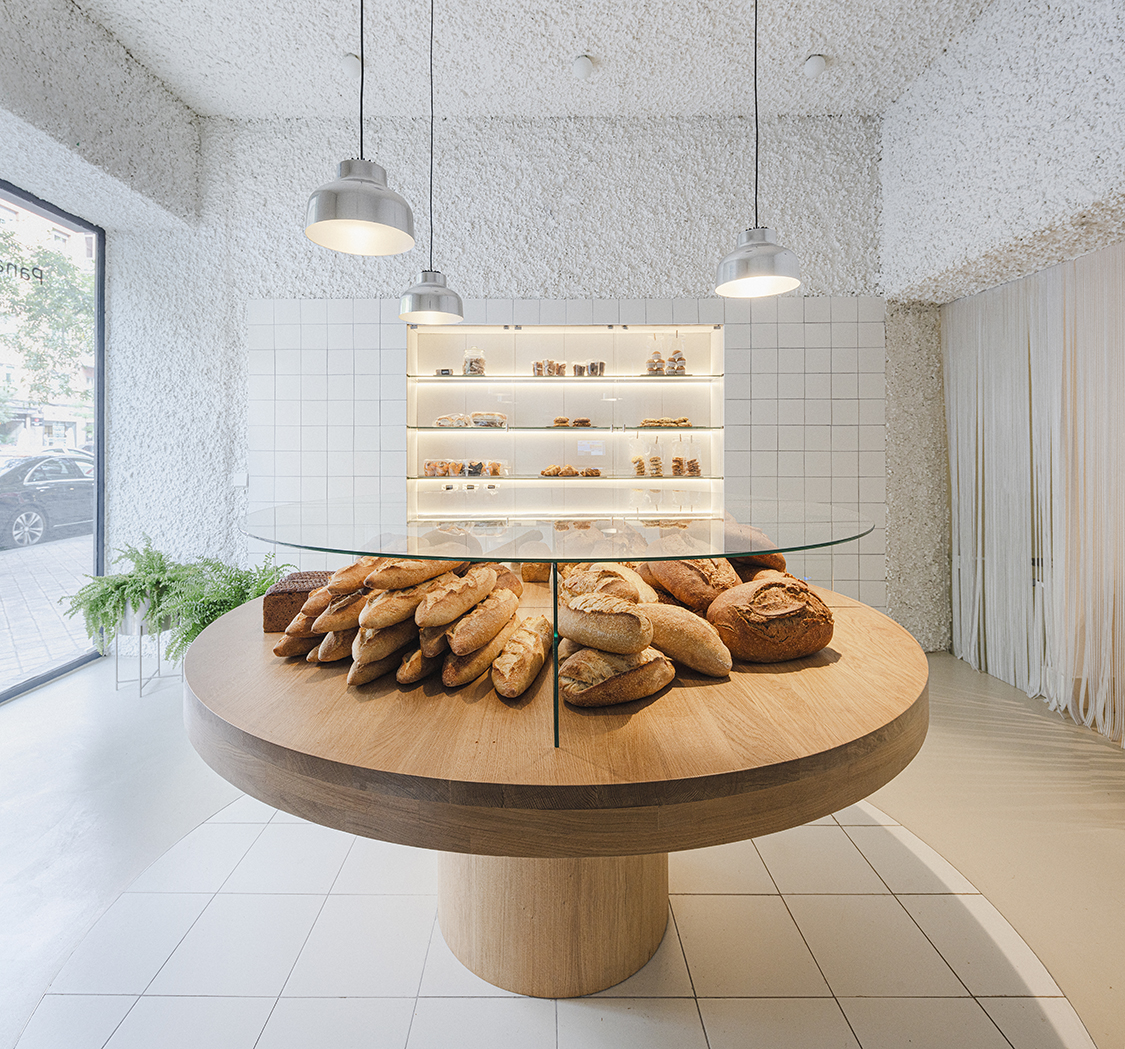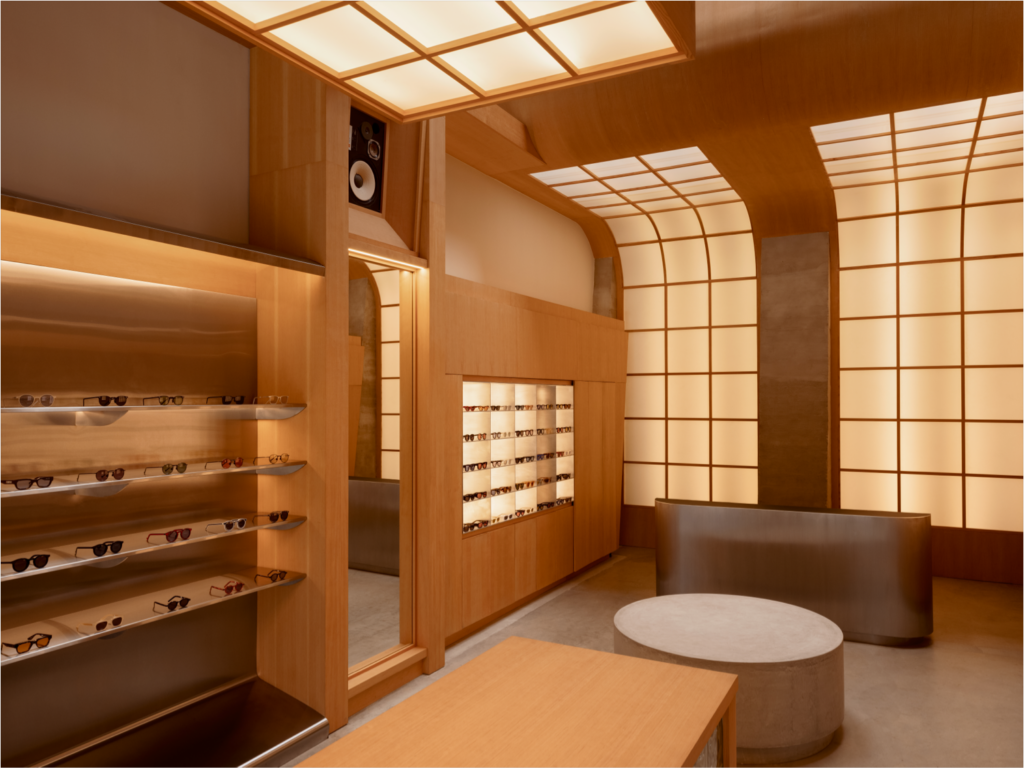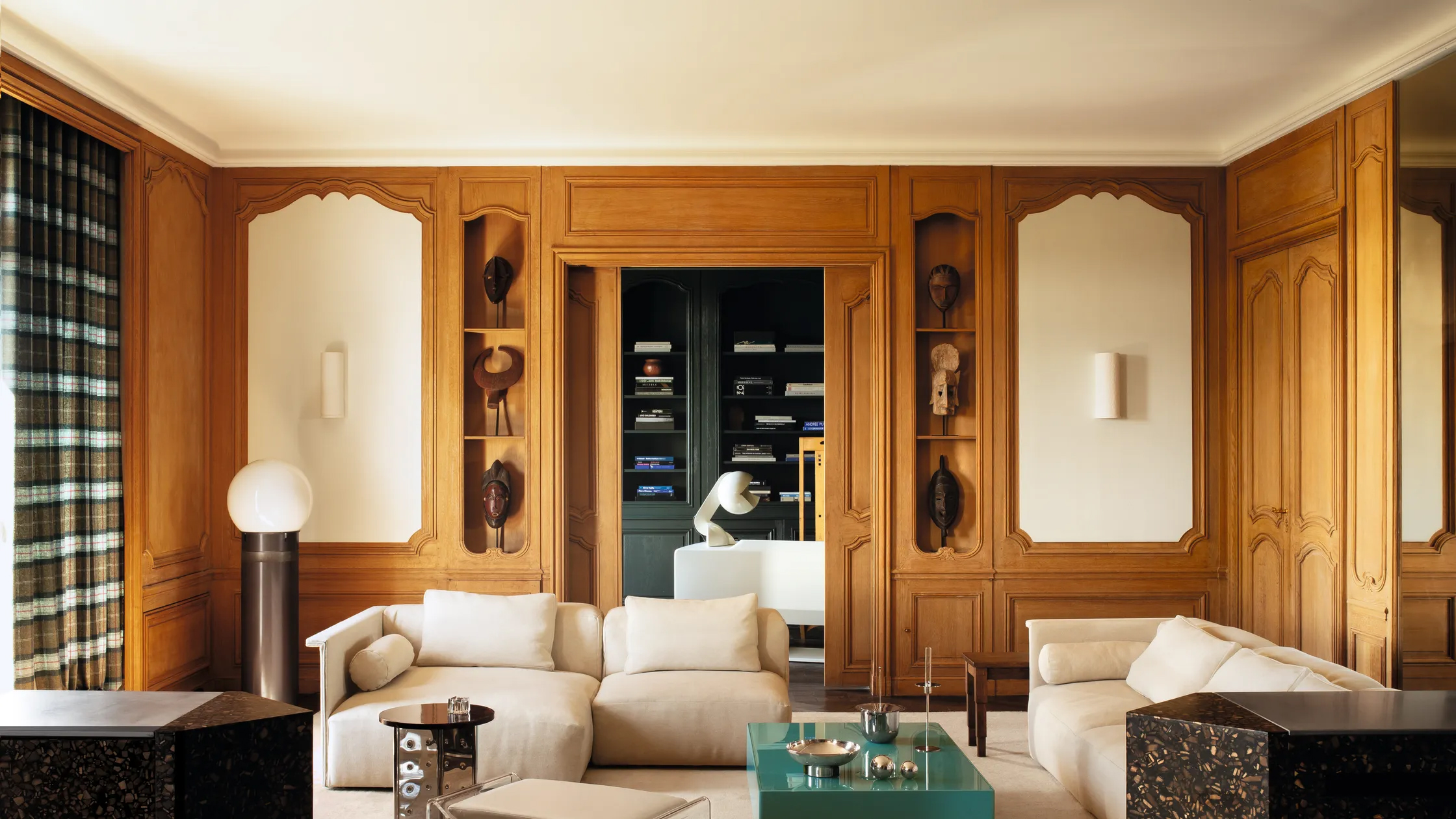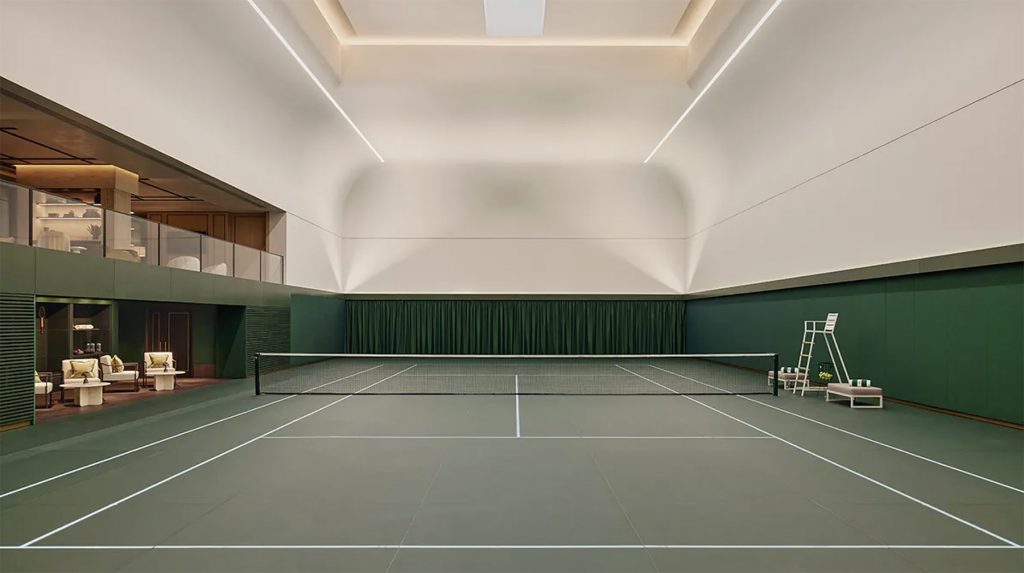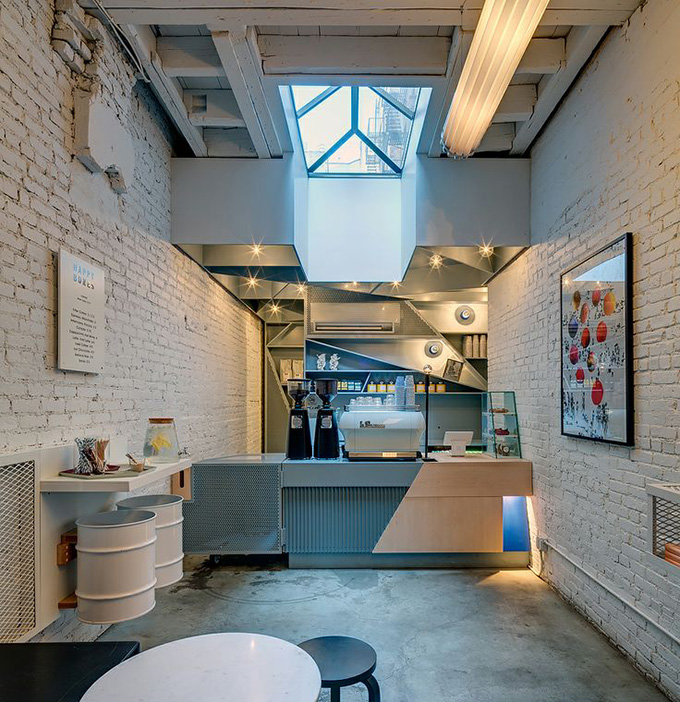
Many of the trends we are seeing – and liking – in retail, hospitality, services and even urban planning, deal with smaller size because a strong, growing segment of us is tired of Big.
We want small, independent, pop-up, mobile, local, rogue. But – and this is an important but – we want it served up to us in a professional manner, we do not want amateur fumbling even from the smallest providers.
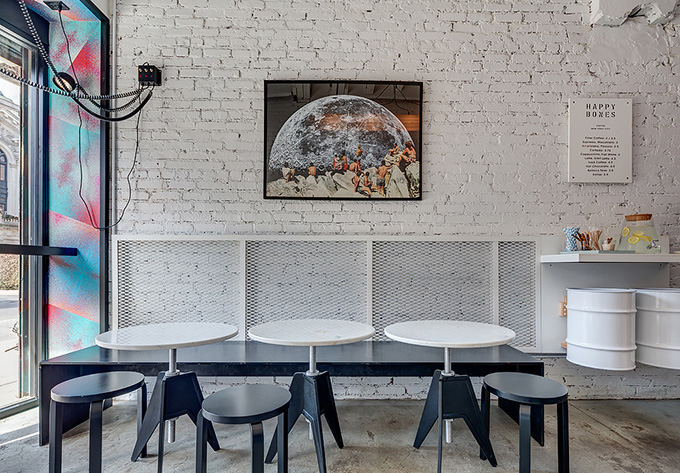
In essence, we want what we cannot have from the mega-malls, big boxes, airports, big brands or grocery giants. And that leads to another important ‘but’. We want small BUT we still want the big, too. Nothing new here, but it still seems that many brands, marketers and researchers have a hard time dealing with the fact that we are not black-and-white, either-or. We are both-and, plus a little extra.
You cannot divide consumer habits into age categories or behaviours the way you could a decade or two ago. We are indeed picking and choosing from each basket, and we will continue to do so, but we are choosing small significantly more often than we used to.
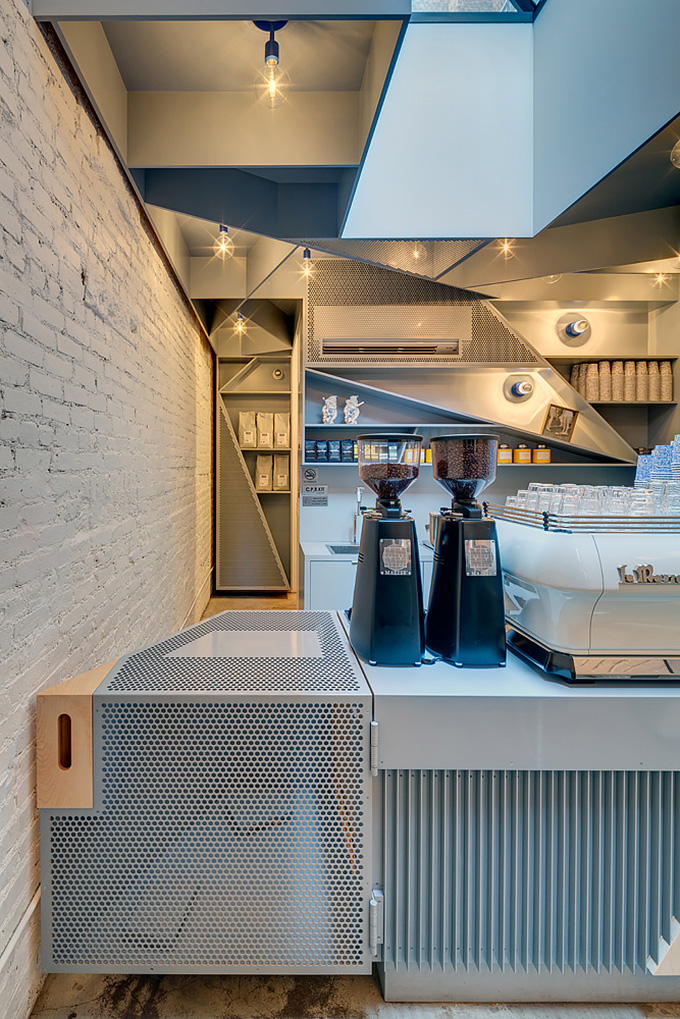
It is hard to imagine someone whose ideal living environment – city, town or village – would be a vast expanse of gigantic malls where global brands offer indistinguishable wares in boring lookalike stores, or where cavernous big boxes ply cheap goods stacked up floor to ceiling. Acres of parking lots; people always in cars. And actual ‘living’ taking place separately in isolated enclaves, and working in yet another isolated location.
More and more frequently, we envision the ideal living environment as something quite similar to a traditional small town or vibrant village. Or a neighbourhood with people, services and work all within walking or biking distance.
We believe that this trend is going to get stronger and stronger, and it will be good for the businesses that understand their niche and offer their customers true value: something that is worth their money and time.
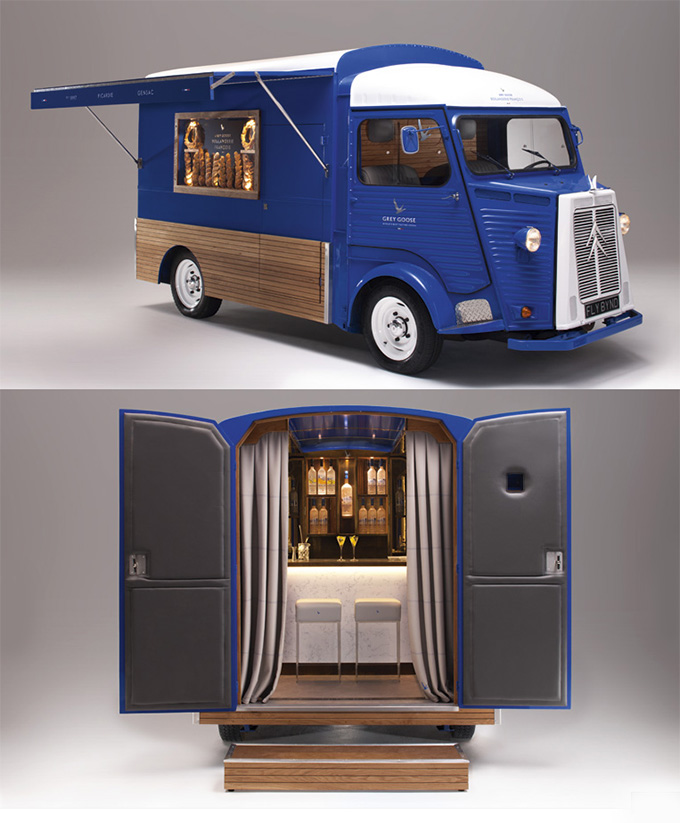 Small businesses are the essence of such neighbourhoods and towns. They are the glue that makes it all stick together. They bring people together, they create small oasis of lovely interaction.
Small businesses are the essence of such neighbourhoods and towns. They are the glue that makes it all stick together. They bring people together, they create small oasis of lovely interaction.
But just like in the traditional small town, today’s small businesses must try harder. From the startup on, they must earn their place in the circle. The merchants and service providers in the old towns were professionals of their trade. They knew their customers, they respected them and they worked hard at earning their trust. The same is true today.
This trend, as we said earlier, is nothing new. It has been brewing for a long time in step with our overall dissatisfaction with the big, faceless brands and their outsourced, hopelessly horrible ‘service.’ When Seth Godin wrote about the topic in 2005, we all took notice. Yet today, almost a decade later, it is still only a trend. But we believe it’s time has finally come.
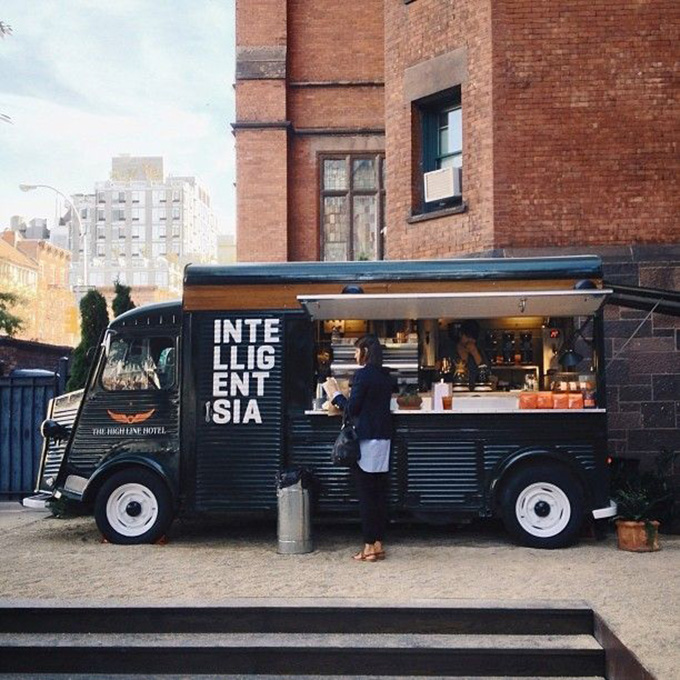
Big brands offer smaller
One aspect of this trend is seen in the behavior of many big brands that are opening smaller-scale stores, restaurants and hotels that are more intimate, offer a more tightly edited selection of products and services, are targeted and tailored to meet individual local markets, and usually also pay more attention to design and local tastes.
.jpg)
Boutique-scale businesses
We are also seeing a renaissance of boutique-scale businesses; stores, hotels, restaurants and services that do not plan to grow bigger, only better. These are often one-store or one-hotel operations that gain a dedicated, loyal client base by understanding their customers better than their bigger competitor chains.
Unfortunately, many of these become so successful that the bigger competitors want to buy them out in order to either remove them from the market or to gain some of their halo. Usually, with such buy-outs, the aura of the independent, owner-operated business disappears and the previously so loyal clientele moves on. The heart is gone from the business and the clients can see it.
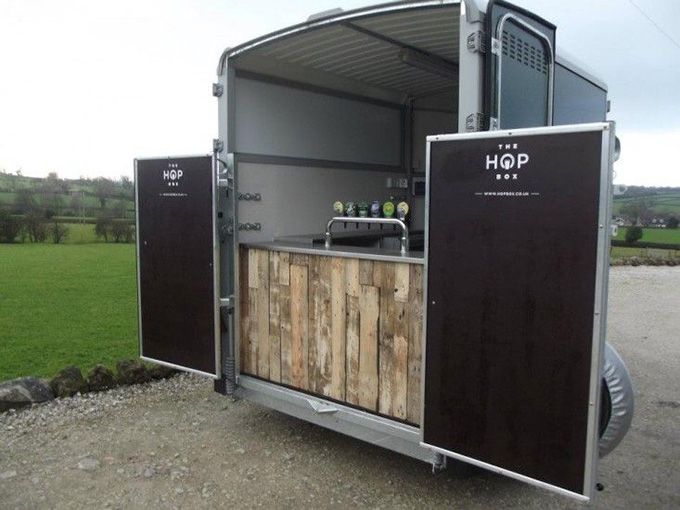
Pop-up
Of course, another much-talked-about aspect of this trend are pop-ups. Any brand worth their reputation has opened pop-ups by now, but it is still an appealing proposition for both brands and customers. Pop-ups liven up neighbourhoods, malls and streets with new, temporary offerings. They give big and small businesses an opportunity to test markets, products and services. They give businesses a chance to benefit from temporarily empty spaces. And they liven up potentially dead storefronts.
Pop-ups will still continue although we are also seeing some fatigue as some businesses now use pop-up as their chance to have regular blow-out sales and other repeating offerings that dilute the surprise factor and excitement of pop-ups. Perhaps there will be a new, more exciting reiteration of the pop-up that will bring back the excitement?

Mobile
In the manner of the ice cream truck, milk man, shoe-polish box and hot-dog stand of the past, mobile offerings are also growing around the world. From food carts and mobile cafes to bike services and mobile pet spas, new, exciting businesses are popping up as mobile carts.
Many cities have been forced to alter their laws to accommodate these temporary, mobile businesses that often do not fit under the laws created for permanent, bigger operators. We think this is all to the good. While laws and regulations are necessary, they need to become much more flexible and nimble to adapt to startups and small operators that add desirable flavor, colour, excitement and convenience to their surroundings.
Also part of the mobile, portable phenomenon, are the various dwellings, hotels and businesses housed in repurposed shipping containers. The Illy Café in New York in 2007 garnered a much attention and a multitude of reiterations of the idea now pop up daily.

Helping
One valuable consequence from striving for smaller, portable, mobile, inexpensive, sustainable pop-up is that many forms of temporary housing options, portable clinics, schools and water purification stations and so on have become not just curiosities but real solutions in far-flung places and/or difficult conditions to help in areas of catastrophe, extreme poverty and environmental crises.
As poverty has often turned out to be the mother of invention, we believe that this is one area where sometimes even the silliest-seeming ideas can actually be transformed into real relief and smart solutions where they are most needed. As we who have everything in excess ‘play with our food’, perhaps we will in the process find ways – and the will – to relieve suffering everywhere.
We also believe that our exasperation with conspicuous consumption – that is partially expressed in our desire for everything smaller – has also helped to bring about a new kind of helping culture. We are starting to consider the consequences of all of our actions as companies, teams and individuals, rather than doing whatever it takes to momentarily satisfy our desire for the next fix for our inner emptiness, or to blindly and impotently try to meet the shareholders’ relentless demand for bigger profits.
Local
The small mobile business is tied to another aspect of this trend – locality. More and more people want to buy local, not just food but other products and services as well. And while it is difficult for a small, new operator to compete with the prices of an established, strong brand, we feel that local businesses and local initiatives will continue to grow in popularity.
What we do know as well is that whether a business is local or small, it still has to meet the needs of today’s demanding clientele.
Many small operators seem to believe that just because they are passionate about their business and because they want to do it, customers somehow owe them their patronage. That is not the case today, and it never was.

We will not part with our time or money – at least not repeatedly – if we are not getting great service and great products. Being small, local or independent will carry a business only so far. A loyal customer base will not develop out of pity or shame.
Professional branding is also a given today. And that does not necessarily mean having to spend a lot in the creation of logos and package design, although it may mean those as well. What it does mean is that if you are going to succeed, you will need to be able to charge a premium price. And to charge that price, you need to look and behave like a brand that knows who it is and what it does and why it exists.
.jpg)
Clear messaging, cohesive visuals, well thought-through customer experience, professional staff – all of these are important. And yet, you can achieve all this without having to appear or behave like a pretentious branding exercise with a fake story and dumb logo. It is all about knowing who you are, what you offer and why your valued customers should spend their time and money with you. All the basics of business still apply.
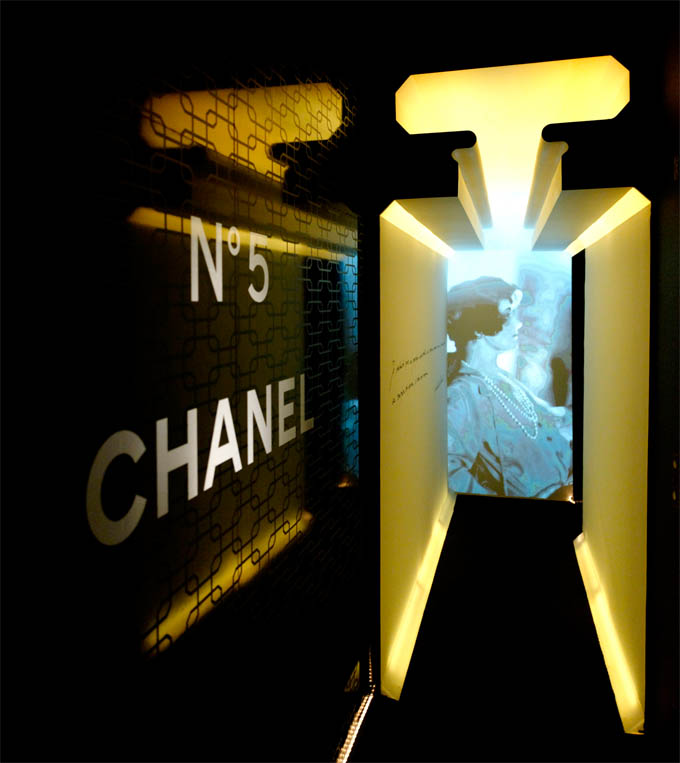
Rogue
The last aspect of the Small is the New Big trend that we’ll cover in this article is what we’ll call Rogue concepts. They incorporate many of the other aspects of the trend with the added appeal of a grass-roots initiative.
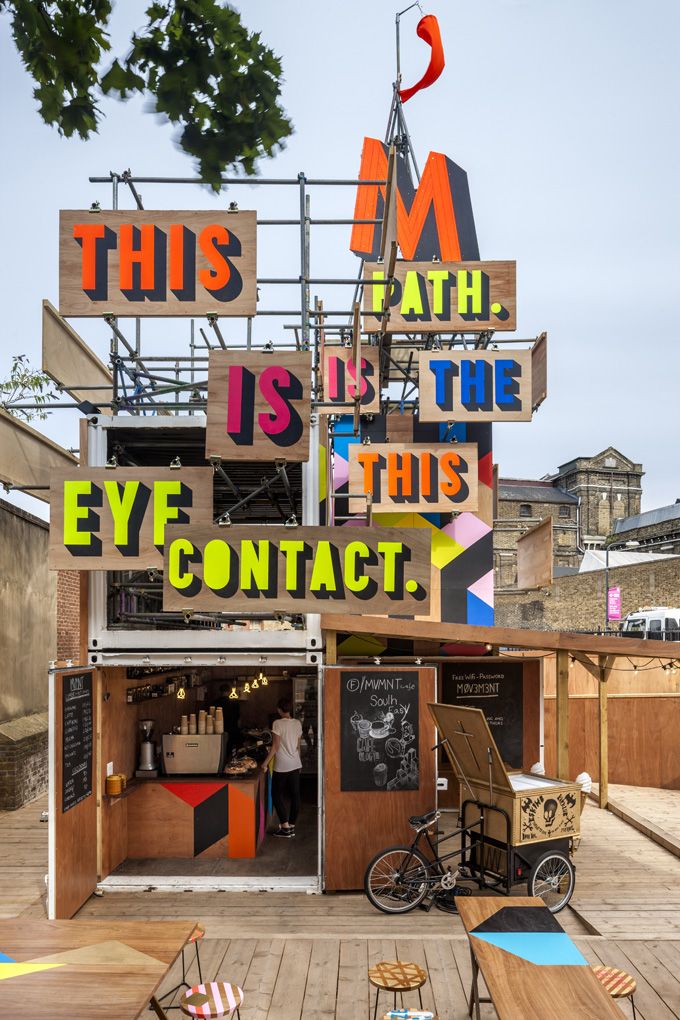
Concepts such as Diner en Blanc, Helsinki-born Restaurant Day, Cleaning Day are part of this.
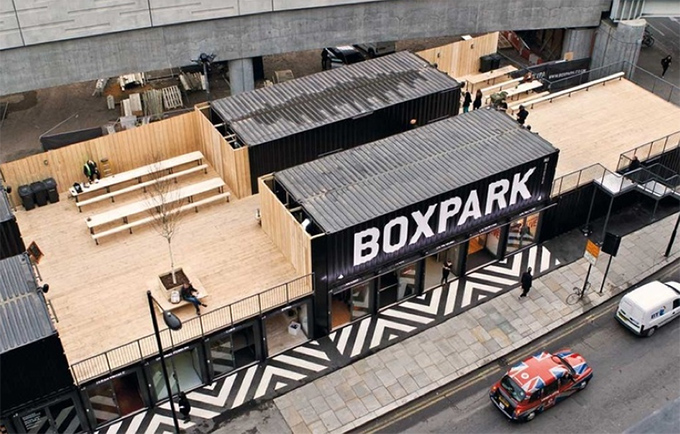
The Rogue concepts add the empowering angle of people taking to the streets, creating their own ‘brands’, doing it their way, breaking the rules.
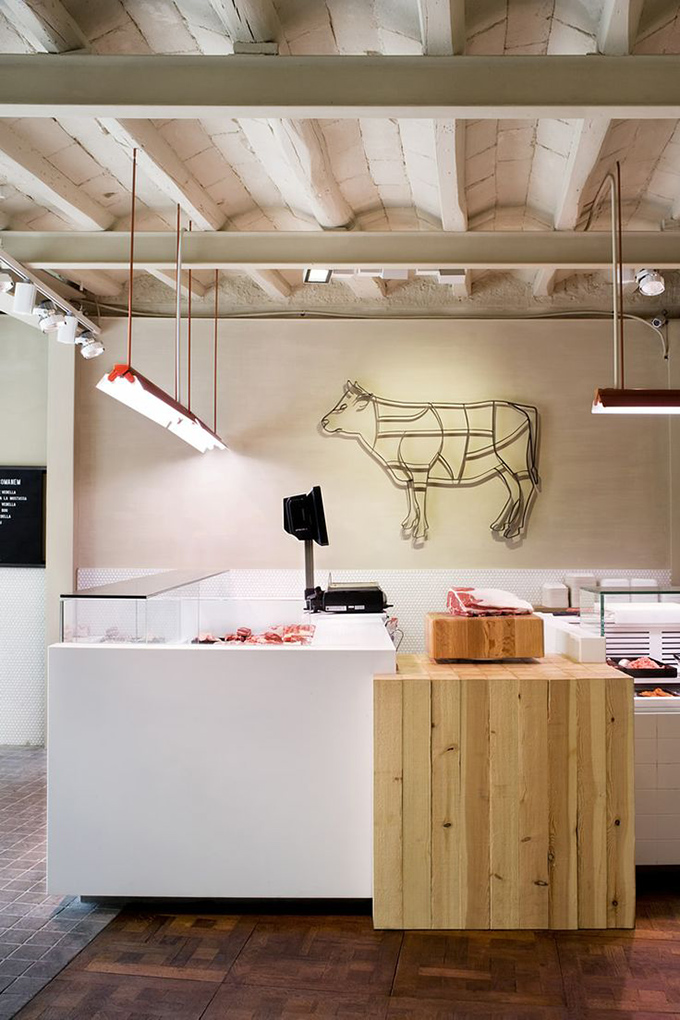
This, perhaps more than any of the other aspects, speaks to the true core of the entire trend. We are tired of giving our power – and time and money – to the Big Brand. There’s an undercurrent of sophisticated protest. Call it idle nonsense of the well-heeled, if you like, but we think it is part of a serious undercurrent. The world of Wall-E is not quite as absurd as we’d perhaps like to think and the power to change it is in our hands. – Tuija Seipell.
Images 1,2,3 – Happy Bones Cafe, NYC, images 4/5 – Grey Goose Pop up bar in Edinburgh., Image 6 – Intelligentsia coffee van, Image 7 – Sigmund Pretzels, Image 9 – LA Distributrice – Montreal, Image 10 – Omotesando coffee – Japan, Image 11 – Velopresso Mobile Espresso bar, Image 13 – Box Park – London, Last image – Homer Wine packaging


